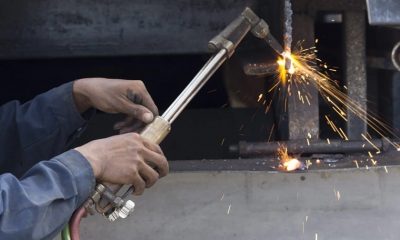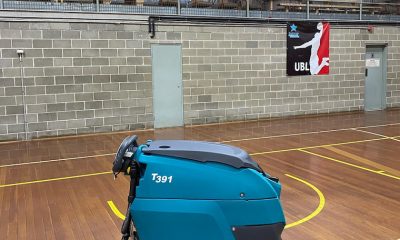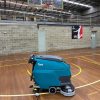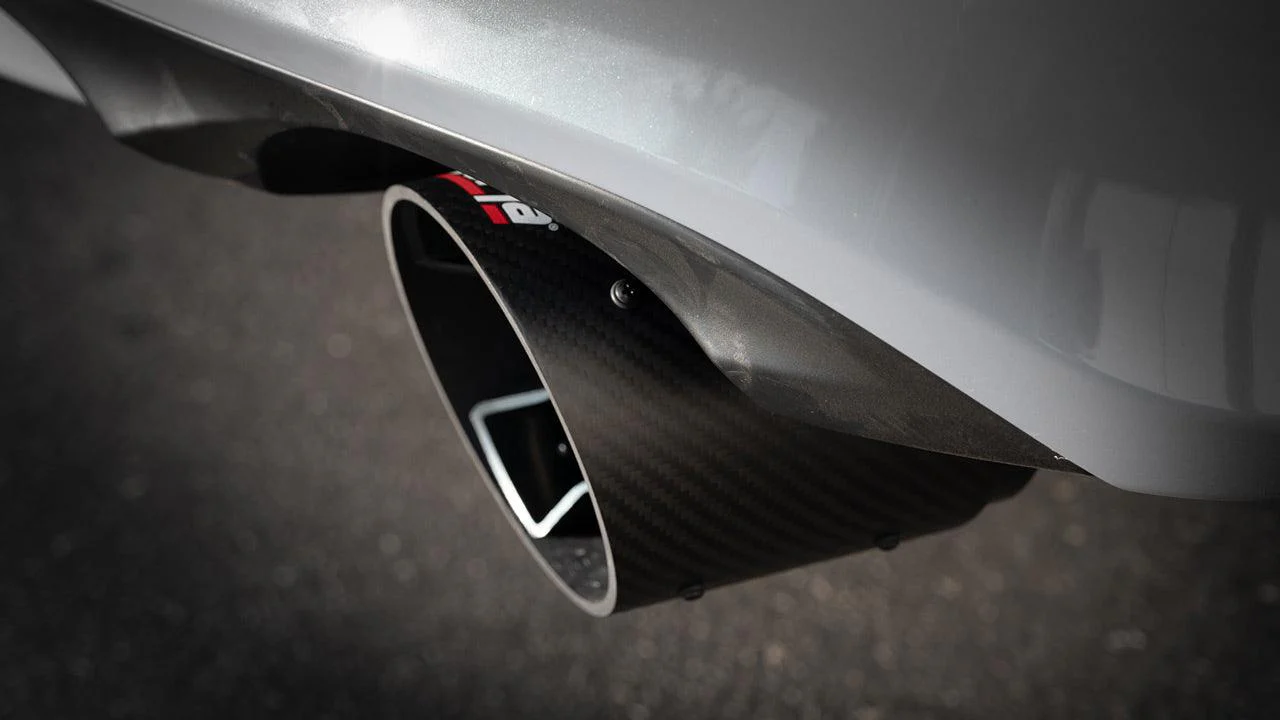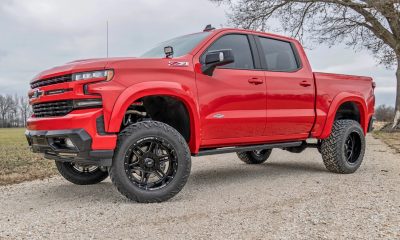Industrial Equipment
Benefits of Owning a Fire Pump
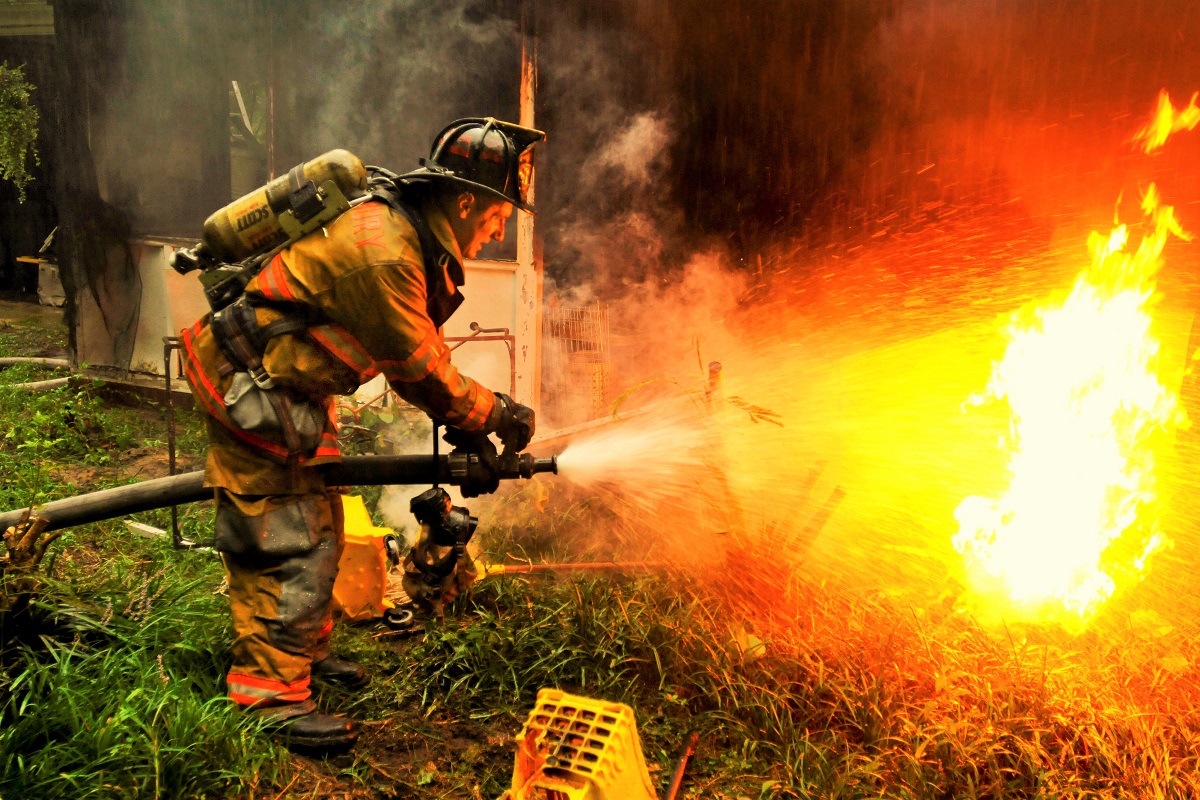
With summer being so close by, every Aussie is probably aware that it’s that hellish time of the year when a lot of bushfires occur. Summer is the period of an ongoing battle between people and nature and in the past few years it seems like nature has become more and more relentless. For this reason, it’s important that every family owns fire pumps Australia wide.
Fire fighting systems are probably the most important and beneficial out of all the building services, with the sole aim of protecting human life and property, strictly in that particular order. They’re usually housed in a pump room close to the fire tanks. It’s important that the pumps are located at a level just beneath the bottom of the fire tank so that the water in the tanks can flow in the pumps with the help of gravity.
And like all important systems, backup pumps have to be present in case a main pump malfunctions. There’s a main pump that’s electric, a backup pump that’s also electric, and a diesel powered backup in case of an electricity fail. Each one of these is capable of pumping the necessary amount of water individually and is identical in capacity.
The fire pumps Australia manufacturers make, usually have a warranty on both the pump and the motor. They are controlled by pressure sensors, so when a hydrant is opened or when a sprinkler comes on, water gushes from the system and the pressure drops. The pressure sensors can detect the drop and turn the fire pumps on. The only way to turn it off is manually in the pump room. This practice is used internationally to avoid the pump switching off from malfunction in the control system. There are a few performance characteristics you should be looking for when buying a fire pump.
Pressure is one of them, and for successfully putting out a fire, around 100 PSI or above are needed. As a point of reference, a garden hose dispenses water at approximately 25-50 PSI. Take a good look at the specs of the pump you’re considering to buy. It will probably be listed in meters and is known as maximum head. When you multiply that by 1.42 you’ll get the PSI.
The next thing you want to pay attention to is the flow rate, which is the sheer volume of water you’ll need to move and the distance the water needs to be gushed. For most residential uses, anywhere between 200 to 1000 liters per minute will be sufficient.
Writing for the blog since 2012, Chris simply loves the idea of providing people with useful info on business, technology, vehicles, industry, sports and travel – all subjects of his interest. Even though he sounds like quite the butch, he’d watch a chick flick occasionally if it makes the wife happy, and he’s a fan of skincare routines though you’d never have him admit that unless you compliment his impeccable skin complexion.

